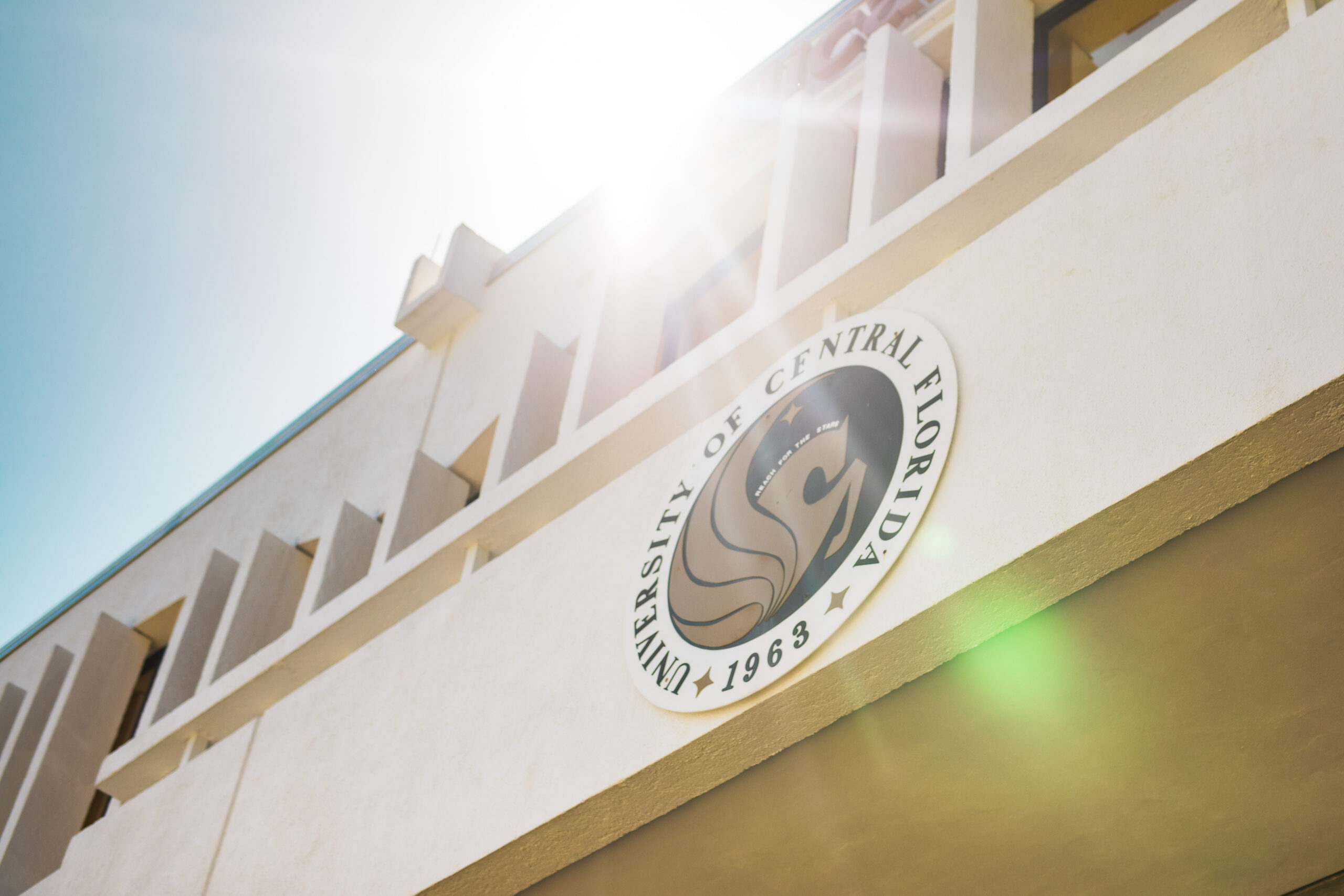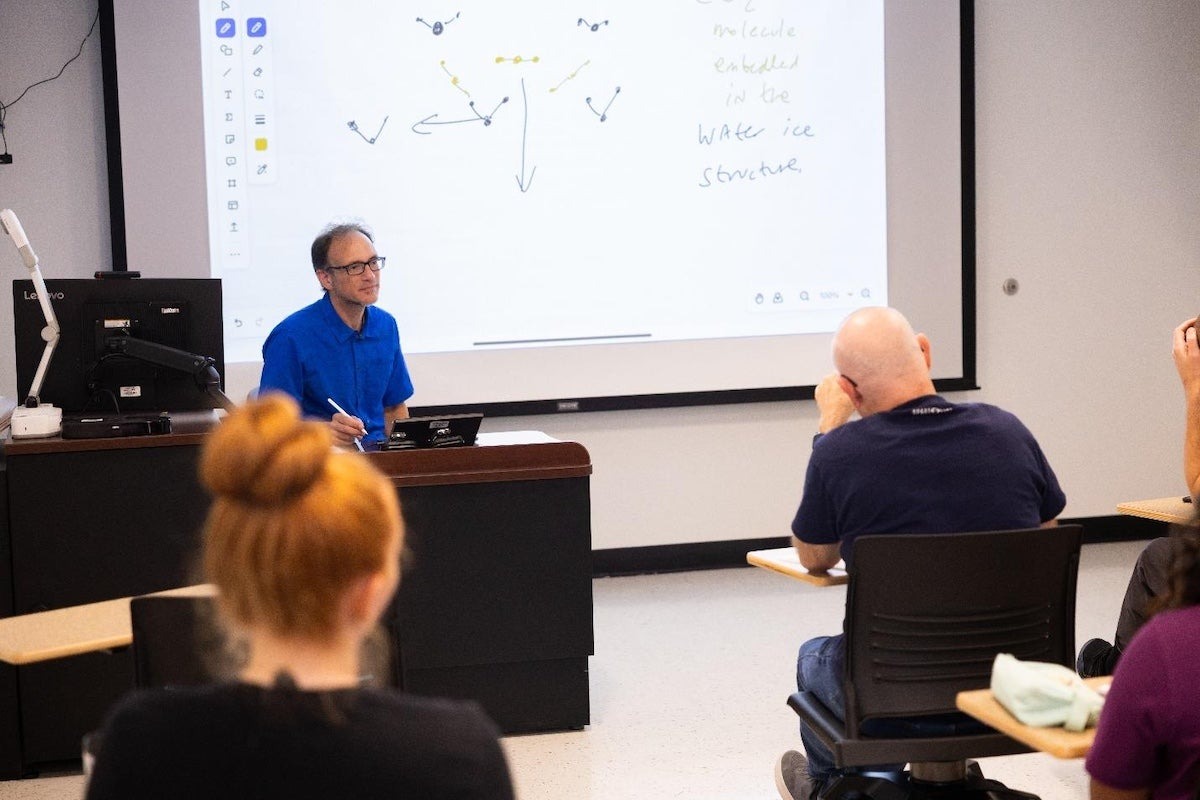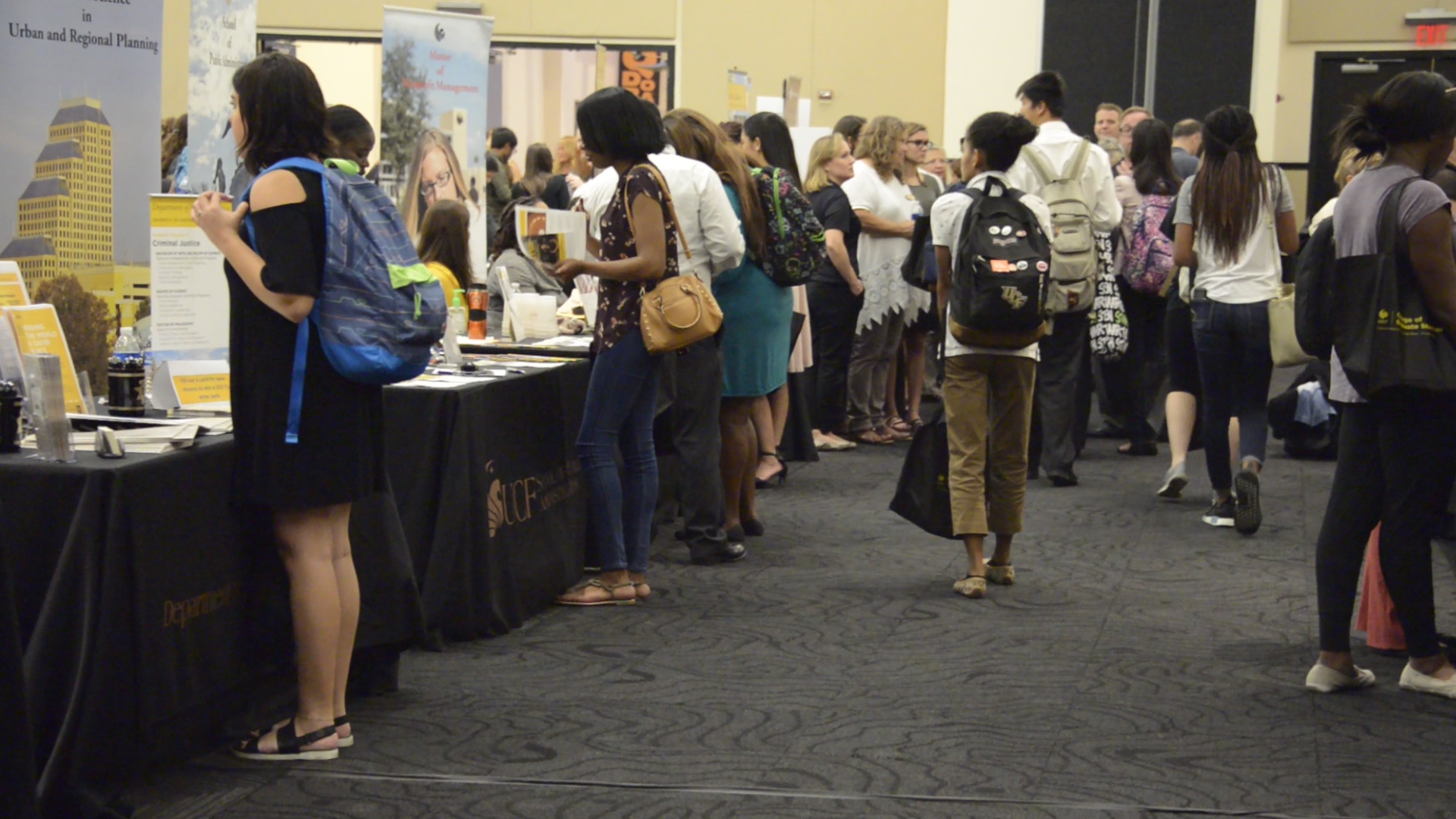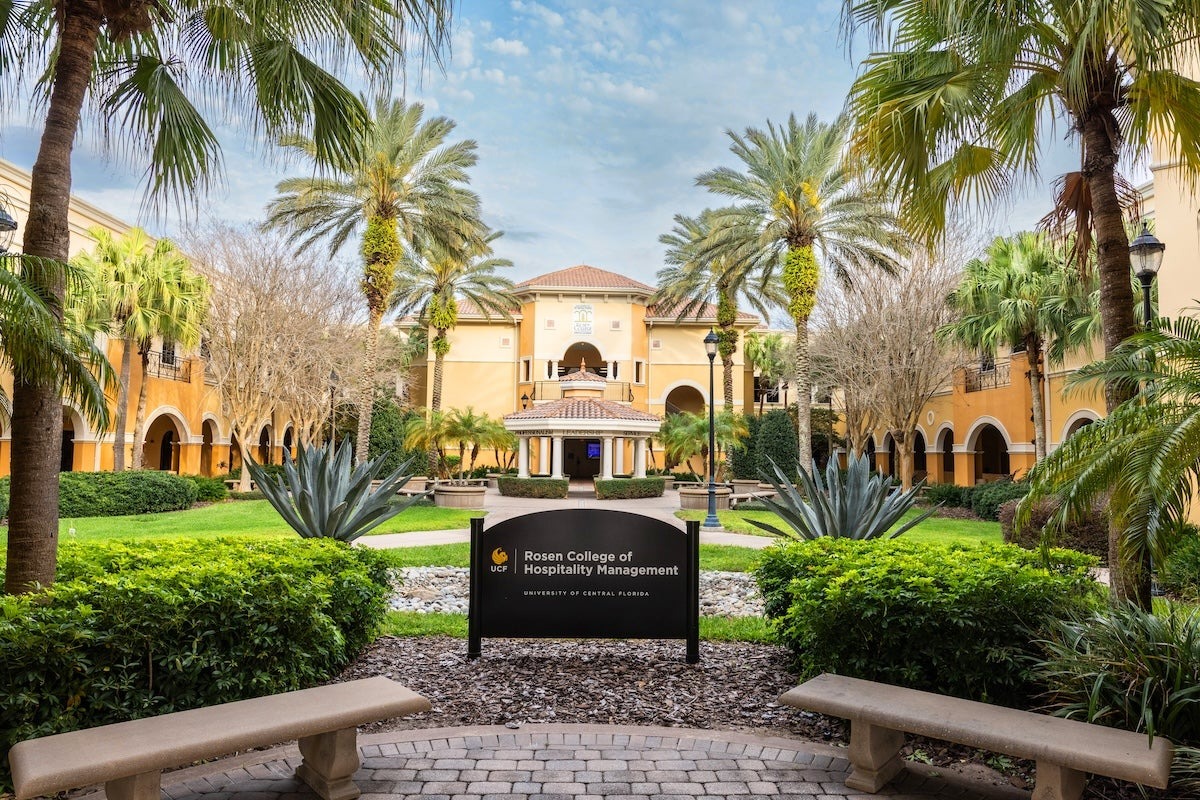UCF is Developing Materials to Stop Hydrogen Leaks Like the Ones Delaying Artemis Launch
The University of Central Florida researchers are developing materials for stopping hydrogen leaks, like the ones that have halted the launch of Artemis 1.
Their work just received a significant boost with a recently announced nearly $1 million grant from the U.S. Department of Energy.
The award will fund the design, synthesis, manufacturing, testing, and modeling of ceramic matrix composites (CMCs) in a hydrogen-combustion facility located at UCF.
The work will have applications in hydrogen-based turbines for electricity production, hydrogen-powered space travel and storage, and transportation of hydrogen.
Hydrogen’s tiny molecular size means it escapes containment easily and can get into defects such as voids, cracks, and crevices causing materials to become brittle. This could become a massive problem since hydrogen is also extremely reactive and explosive.
The UCF researchers and co-investigator Qingda Yang, a mechanical and aerospace engineering professor with the University of Miami, will work to develop high-temperature CMCs and nano-ceramic coatings that can contain hydrogen and be used to construct an inner wall of the combustion chamber for combusting it.
“An ultra-high temperature combustion chamber is our dream project,” says project principal investigator,” Jan Gou, a professor in UCF’s Department of Mechanical and Aerospace Engineering. “It has been long-desired for next-generation gas turbine engines, aircraft engines, and rocket engines.”
“The Department of Energy noted in their award announcement that this is a novel material technology for hydrogen gas turbines,” Gou says. “The niche of our project is to materialize ceramic composites that are capable of handling higher temperatures, hydrogen embrittlement, rich water vapor content and oxidation in the combustion chamber and to stop hydrogen leaks.”
The UCF-developed material is a high-temperature-resistant and lightweight textile ceramic matrix composite. The nano-ceramic coating is assembled at the molecular level and can withstand temperatures above 3,000 degrees Fahrenheit, which is hot enough to melt a rock. It also has an anisotropic thermal conductivity and exceptional resistance to corrosion and oxidation. The process is scalable to attain the 3-4 levels of the Technology Readiness Level (TRL).
The material will be tested in a high-pressure combustion environment at UCF’s Center for Advanced Turbine and Energy Center, a full-featured research and student training facility.
Kareem Ahmed, an associate professor in UCF’s Department of Mechanical and Aerospace Engineering, will be leading the hydrogen combustion testing. The performance of the material will be assessed at relevant temperatures as well as hydrogen and water conditions.
“Hydrogen is critical for clean energy production where the emissions are water,” Ahmed says.
The researchers will also develop a high-fidelity analysis platform that can model and evaluate the thermo-mechanical performance of the materials, including induced degradation from chemical reactions and physical changes to its configuration.
Yang, with the University of Miami, will oversee the modeling work.
The researchers will start the two-year project in December.
Gou earned his doctoral degree in materials science and engineering from Shanghai Jiao Tong University in 1999. He also received his doctoral degree in industrial engineering from Florida State University in 2002. Gou joined UCF’s Department of Mechanical and Aerospace Engineering, part of UCF’s College of Engineering and Computer Science, and founded Composite Materials and Structures Laboratory (CMSL) at UCF in 2007. He serves as the Graduate Program Director of Mechanical and Aerospace Engineering and is a Fellow of the International Association of Advanced Materials, Sweden.
Ahmed joined UCF’s Department of Mechanical and Aerospace Engineering in 2014. He is also a member of the Center for Advanced Turbomachinery and Energy Research and the Florida Center for Advanced Aero-Propulsion. He served more than three years as a senior aero/thermo engineer at Pratt & Whitney military engines working on advanced engine programs and technologies. He leads research in propulsion and energy with applications for power generation and gas-turbine engines, propulsion-jet engines, hypersonics, and fire safety, as well as research related to supernova science. He earned his doctoral degree in mechanical engineering from the State University of New York at Buffalo. He is an American Institute of Aeronautics and Astronautics Associate Fellow and a U.S. Air Force Research Laboratory and Office of Naval Research faculty fellow.
Share This Article

UCF Women’s Club Honors 3 Graduate Students with Prestigious Sheila B. Somerville Scholarship
Financial support is often the cornerstone of academic success, and for many students, scholarships open the door to higher education. Beyond easing financial stress, these awards provide recognition, motivation, and a...
Latest News

UCF Launches 1st Planetary and Space Sciences PhD Program in Florida
As SpaceU, UCF is pushing the boundaries of exploration by launching a groundbreaking new doctoral program in the planetary and space sciences. Now, aspiring researchers can apply to the inaugural cohort of...

UCF Fulbright Awardees Bring Their Passions to a Global Scale
Each year, the Fulbright Program offers opportunities for American students to conduct research, teach English, or pursue graduate study abroad. One of the most prestigious international exchange programs in the...

Unleash Opportunities with a UCF Graduate Degree
A graduate degree has the power to unleash opportunities by expanding careers, opening doors to new fields, and increasing lifetime earnings. According to the U.S. Bureau of Labor Statistics (2024),...

UCF Rosen College Ranks No. 1 in the World for Hospitality Education for 2025
One of the most anticipated theme parks in the world is about to open its gates — and right next door, the No. 1 hospitality and hotel management school on...